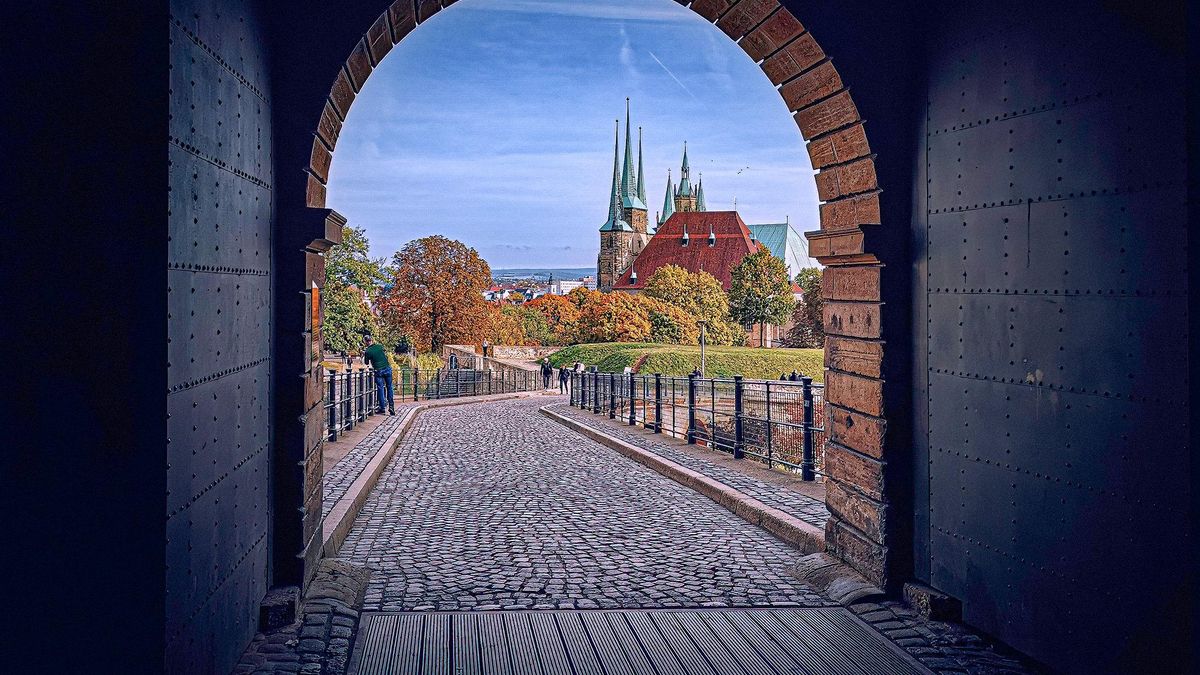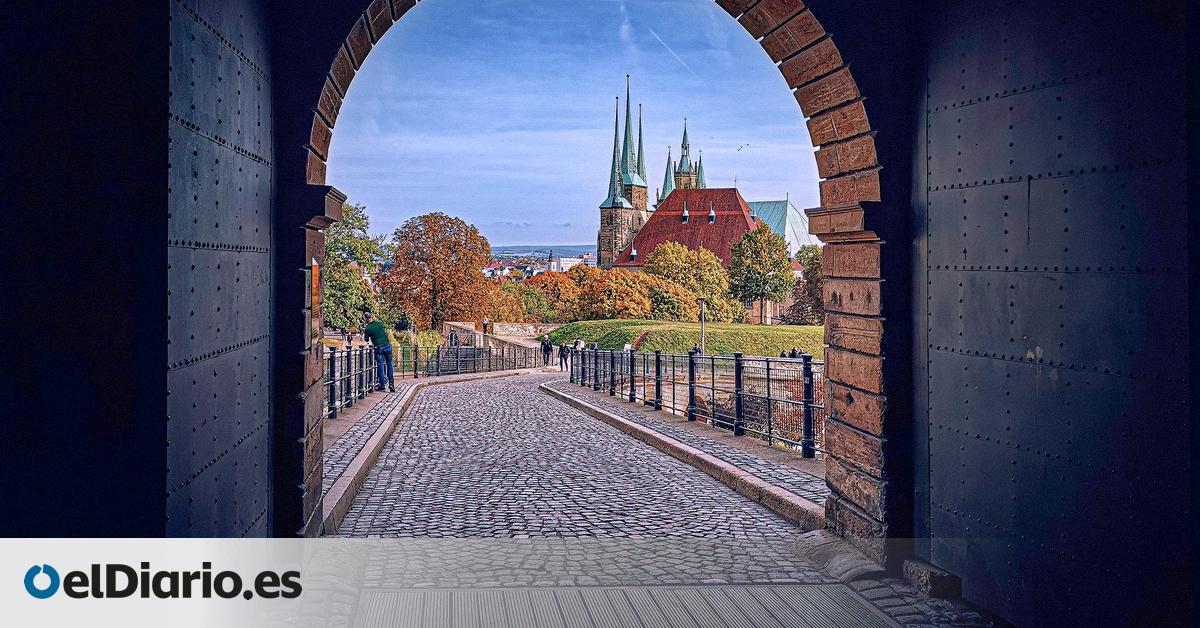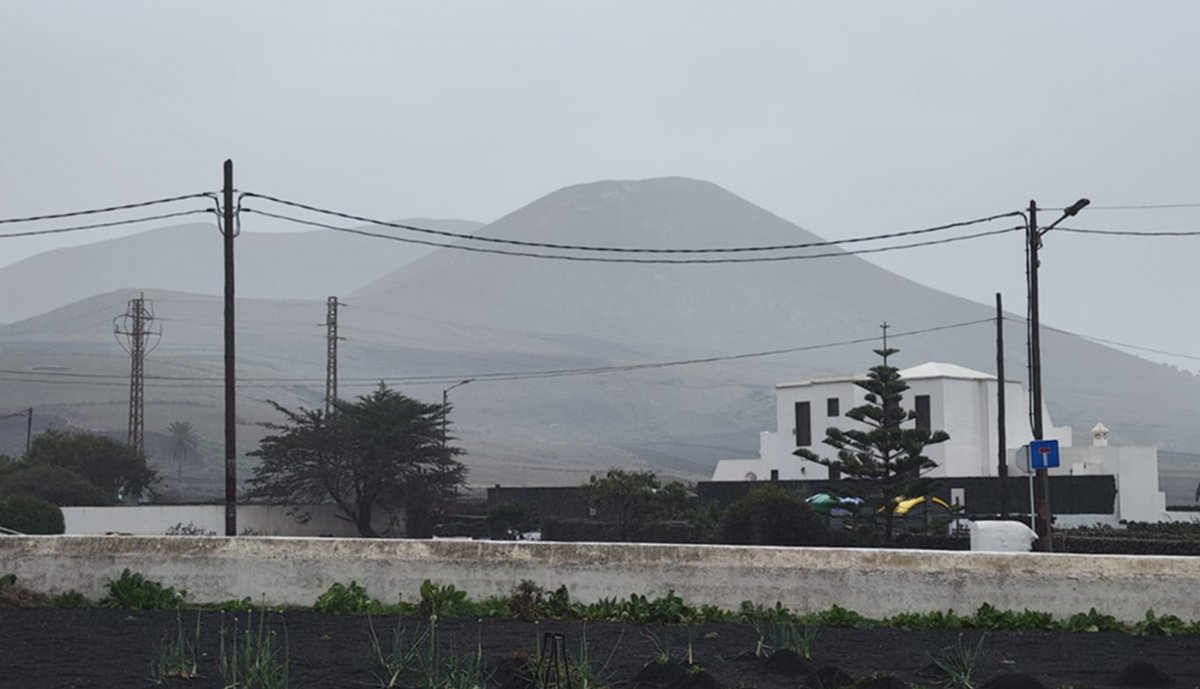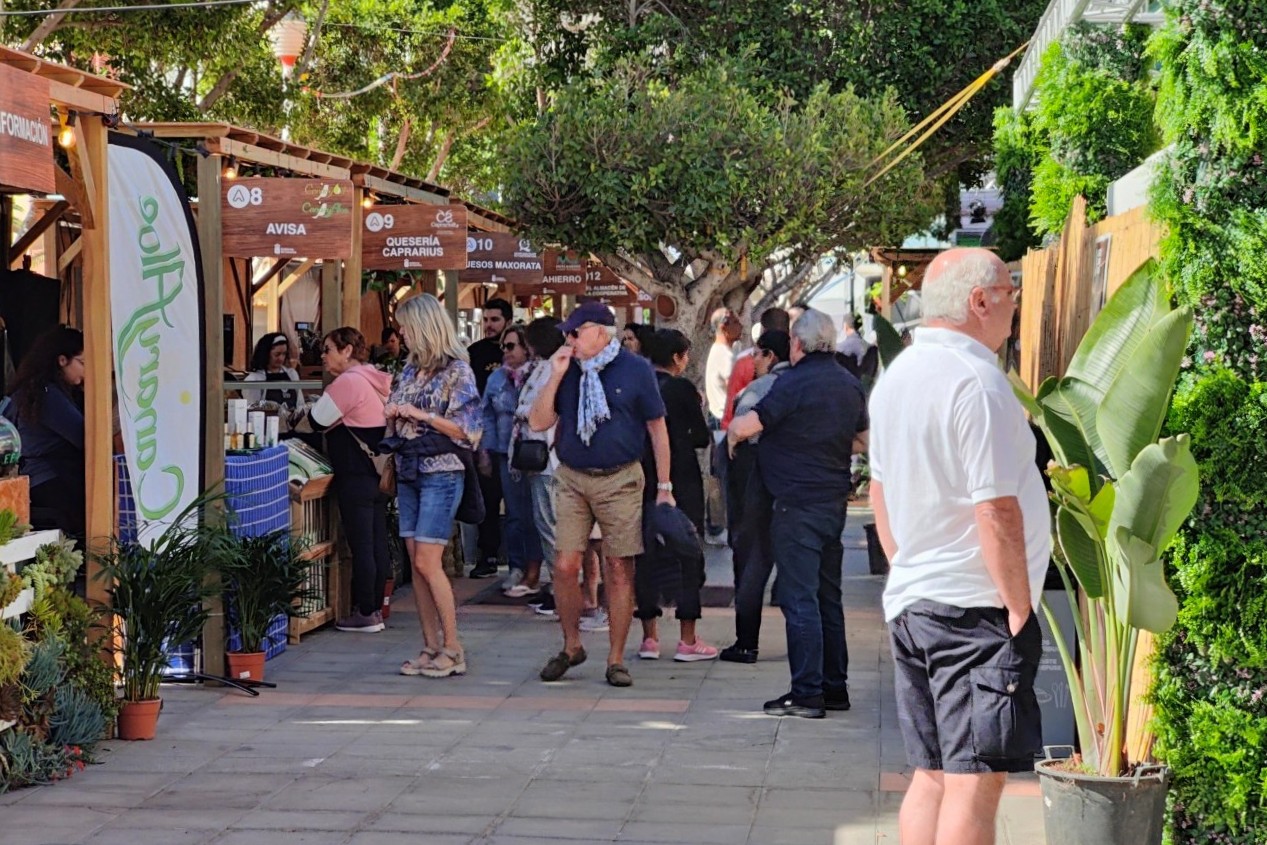Discover Erfurt: A Hidden Medieval Gem

Introduction to Erfurt
Once a thriving commercial centre during the Middle Ages, Erfurt, the capital of Thuringia, boasts one of Central Europe’s best-preserved historical sites. For instance, it is home to the oldest synagogue on the continent. If I mention Erfurt, you may not have any idea what I mean. Countries like France, England, Poland, and Germany are often seen as prime travel destinations, yet they hide incredible places that are relatively unknown. Small towns and villages conceal treasures that could easily grace the postcards sold in souvenir shops in major capitals. A quintessential example of this is Erfurt itself, which was a key stop along the Via Regia—an extensive network of roads connecting various cities within the Holy Roman Empire during the Middle Ages. Its commercial success was foundational to its indigo production, a highly valued blue dye since Roman times, that turned Erfurt into a prosperous market. Interestingly, despite being inland, the city was a member of the Hanseatic League.
The Influence of the Pilgrimage Route
Another factor contributing to Erfurt’s rich heritage is its location on the Camino de Santiago. The pilgrimage route to Galicia brought thousands of devotees to the city during the golden age of pilgrimages, resulting in the establishment of seven monasteries, some of which played significant roles in European history. Martin Luther lived in the Augustinian Monastery (Augustinerstraße, 10) from 1501 to 1511. The monastery’s three cloisters and church exemplify Central European Gothic architecture from the 13th century.
Erfurt’s Strategic Trade Position
Erfurt’s position on the Via Regia is advantageous. It lies just a few miles from the junction of the North-South route that linked Italy with the Baltic Sea and is also near the crossroads for those travelling to France and Spain versus those heading to Flanders. Erfurt became a crucial point of exchange due to its location at the border of Latin and Slavic Germanic worlds. The most notable remnant of its past as a ‘market town’ is the Krämerbrücke, or Merchant’s Bridge.
The Krämerbrücke
This bridge over the Gera River is the only inhabited bridge north of the Alps and serves as a nearly unique example of medieval architecture in Europe. The bridge gradually filled with houses, shops, and workshops, transforming into a commercial gallery that has remained largely unchanged since its construction between the 12th and 16th centuries. It is one of the most authentic sites in Germany, reminiscent of other historic walkways like Florence’s Ponte Vecchio. The Merchant’s Bridge Museum (Krämerbrücke, 31) is a charming museum located in one of the bridge’s last ‘occupied’ houses (from the late 16th century). Here, visitors can learn about this unique structure, which straddles the line between a walkway and a shopping centre. The bridge still thrives, featuring two theatres, an art gallery, several shops, residences, a medieval church worth visiting—St Aegidien—and even one of the region’s finest chocolate factories, Goldhelm Schokolade (Krämerbrücke, 12).
What to See in Erfurt
The historic centre of Erfurt is among the best-preserved in Central Europe. Here, you won’t just find isolated buildings or significant ecclesiastical or military monuments; you will encounter comprehensive ensembles like the Fischmarkt (Fish Market). This area boasts a cluster of medieval and baroque houses (pay special attention to Zum Breiten Herd—Fischmarkt, 11, which literally translates as ‘the large house’) that frame the Rathaus (Town Hall), a beautiful Neo-Gothic building from the 19th century that replaced the old medieval council house. Just steps from the market square is the Neue Mühle (Schlösserstraße, 25a), a former watermill from the 16th century, now converted into a museum.
The Cathedral and St Severin’s Church
The other major centre of the historic city is around the Cathedral of St Mary (Domstufen, 1), a building noteworthy not only for its artistic value—with a superb early Gothic style that is more French than German—but also as a symbol of the Christianisation of the region since the Carolingian Empire (the Bishopric of Thuringia was established in the 8th century). The cathedral is part of a monumental complex next to the Church of St Severin (Severihof, 2), another Gothic gem from the 14th century. The Domplatz (Cathedral Square) is a spacious area surrounded by several of Erfurt’s most iconic streets. Here, you can see various timber-framed houses and other more recent buildings that reflect the spread of Central European baroque architecture throughout the Holy Roman Empire. The most important of these streets is Marktstraße (Market Street), linking Cathedral Square with the Fischmarkt. Along this artery, you will find a good number of medieval buildings and one of the city’s most beautiful historic churches: All Saints (Marktstraße, 44).
Petersberg Citadel
Just a short distance from the cathedral are the slopes leading to the Petersberg Citadel (access from Domplatz), the largest urban fortress in Germany. This complex of bastions and walls was constructed in the 17th century to defend the city. The choice of this hill led to the destruction of an ancient Benedictine monastery (St Peter), of which only the Church of St Peter and St Paul (12th century) remains, housing the oldest medieval paintings in Thuringia. The castle is impressive and features numerous facilities (barracks, warehouses, artillery terraces) that have been effectively turned into a museum. If you enjoy such places, you could easily spend a couple of engaging hours here. In the Commandant’s House, for instance, there is an amazing virtual reality installation about the history of Erfurt.
A Dark Chapter: The Historical Prison
The large red-brick building on Andreasstraße holds one of the darkest episodes in Erfurt’s history. This former prison was constructed in the late 19th century beneath the walls of the Petersberg Citadel and began operating shortly thereafter. After World War II, this area of Germany was under Soviet control and became part of the German Democratic Republic. During this time, mentioning Andreasstraße became synonymous with the Stasi prison, the political police of the GDR. Today, the site serves as a memorial centre and museum.
Erfurt City Museum
The Erfurt City Museum (Johannesstraße, 169) is another essential visit, both for its contents and its venue. The House of Dried Fish (Zum Stockfisch) is one of the best examples of a residential and storage space from Erfurt’s prosperous times. Dating back to the 17th century, the building belonged to a merchant family that amassed considerable wealth. Today, this palace dedicates its rooms to showcasing Erfurt’s history through various objects, artworks, and educational efforts. It celebrates the ‘great years,’ a period spanning the 13th to 16th centuries when Erfurt was one of the most prosperous cities in the Hanseatic League, along with exhibits dedicated to the 19th and 20th centuries.
The Old Synagogue
Located near the Merchant’s Bridge, the Old Synagogue (Waagegasse, 8) dates back to the 11th century and is the oldest Jewish temple in Central Europe. The Jewish presence in Erfurt was significant until 1349 when the city succumbed to the pogroms that were sweeping across Europe during the Black Death. These anti-Jewish uprisings (during which Jews were accused of causing the plague by poisoning wells) resulted in thousands of deaths throughout the Holy Roman Empire (with 900 individuals murdered in Erfurt alone). Today, the Old Synagogue has been transformed into a museum exploring the history of the Jewish community in the city, featuring period artefacts, a collection of illuminated books, and the Erfurt Treasure, a collection of jewellery and coins believed to have been hidden during the 14th-century disturbances.
Understanding Erfurt’s Jewish Heritage
Another key location for understanding the history of Jews in Erfurt is the so-called Stone House (Benediktsplatz 1), a collection of 12th-century buildings that formed the core of the medieval Jewish community. Here, one can see original architectural elements, including brightly coloured wooden beams featuring Kabbalistic symbolism. The tour of the Jewish quarter is completed with the Small Synagogue (An d. Stadtmünze, 4), a lovely 19th-century building located alongside the Gera River, the Medieval Ritual Bath (Mikvé) (Krämerbrücke, 7), a 13th-century ritual bath discovered at the foot of the Merchant’s Bridge, and various remnants of the Jewish Cemetery displayed at several monuments and museums throughout the city (notably at the Old Synagogue and especially in the cellars of the Stone House). The history of Jews in Erfurt saw periods of flourishing in the 18th, 19th, and 20th centuries, culminating in the disaster of Nazi Germany.














